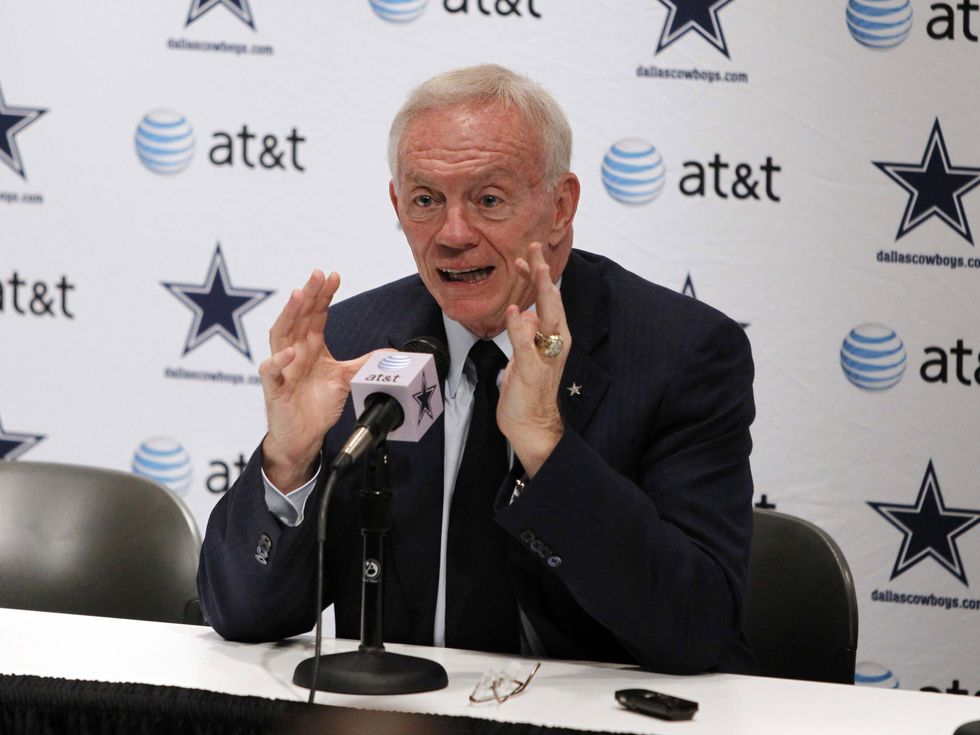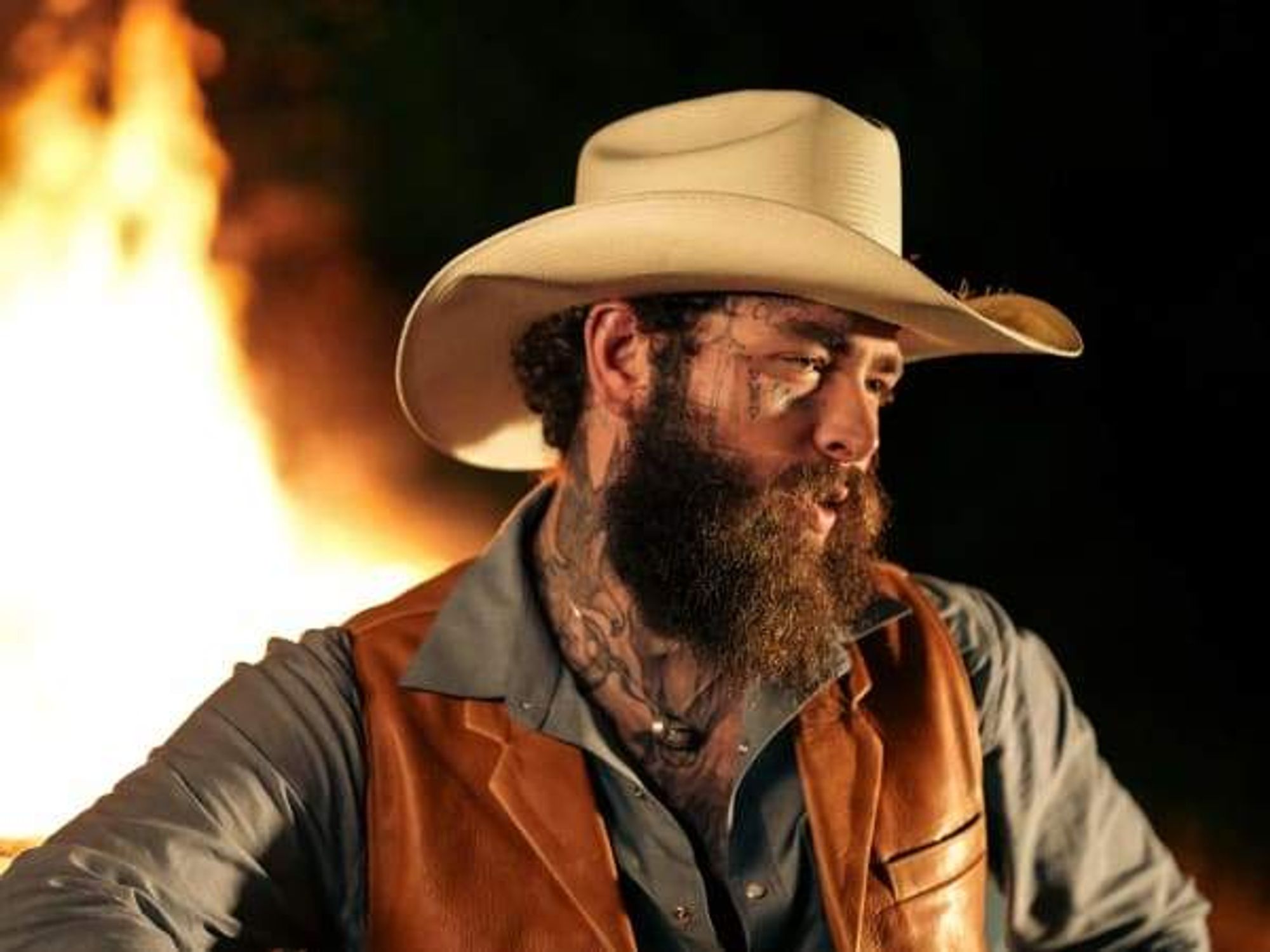Player Past His Prime
Jerry Jones should do the Dallas Cowboys a favor and let Jason Hatcher go
There is no denying that Jason Hatcher is having a career year for the Dallas Cowboys. Ten games into the season, Hatcher has already set a career mark for sacks in a season with seven, and that’s despite not playing in last Sunday’s game against New Orleans.
In fact, Hatcher’s output this season is more than one-third of his entire career output (23) over a seven-year career. He’s taken to the new 4-3, cover 2 defensive scheme better than any Cowboy, with the exception of linebacker Sean Lee.
But Hatcher sat out last weekend’s game due to a shoulder stinger. At mid-week, he was unable to lift his arm above his shoulder, a pretty telling sign that it was a serious injury.
Jason Hatcher is in the midst of record-breaking season, but he's still not an elite player.
But Sunday morning Hatcher also said something telling to ESPN’s Ed Werder. Hatcher told Werder that if there was a chance he could do further injury to himself he wouldn’t play. That’s smart. But he also told Werder that he didn’t want to put any bad film of himself out there.
Why is that important to Hatcher? He’s a free agent at the end of this season.
Yes, Hatcher has a chance to shop himself to any team in the NFL after this season. In Jerry Jones’ world, a veteran player who becomes a free agent and is coming off a career season usually means it’s time to hand that player a fat, long-term contract. Jones has done it plenty of times.
Here’s why Jones has to resist the temptation to overpay to keep Hatcher. He may be in the midst of a career season, but Hatcher is also 31 years old.
He’ll be 32 by the time he starts any new contract next season. Hatcher and his agent will likely be looking for a long-term deal, as it will be Hatcher’s last chance to secure some serious guaranteed money.
No matter how good Hatcher looks this year, it’s unlikely that he’ll match this year’s production consistently for the life of a long-term deal. But it’s not because of his age, though that will be a contributing factor.
No, the real issue is that Hatcher is not an elite player. Elite players produce longer at the position, but historically age 32 appears to be a line of demarcation when it comes to rushing the quarterback in the 4-3.
For instance, Warren Sapp had 7.5 sacks at age 32 and only approached that number once in his final four seasons. Former Cowboys tackle Randy White had 10.5 sacks at age 32 and never had double-digit sacks again. John Randle had 10 sacks at age 32, but his production declined in his final four seasons, with the exception of an 11-sack season at age 34.
Some even drop off further. Cortez Kennedy had one sack at age 32 in his final season. And we can’t even include players like Bob Lilly, Merlin Olsen and Buck Buchanan, all Hall of Famers but who toiled in an era in which sacks were not a recognized NFL statistic.
Hatcher has never been an elite player. Before this season, Hatcher managed a high of 4.5 sacks in 2011. Sure, you cannot properly measure a defensive lineman’s worth based entirely on sacks. But in the new 4-3 system, the under tackle position — where Hatcher plays — requires a tackle that can provide a consistent pass rush. It’s a must.
Hatcher’s history as primarily a role player combined with his age equals a huge risk for the Cowboys from a contract standpoint. It’s a risk that, given their cap issues, they cannot take.
Part of those cap issues are due to the massive contract Jones signed defensive tackle Jay Ratliff to in 2011, a $40 million extension through 2017. At the time Ratliff was 30 and his numbers were already in decline.
There are two big reasons the Cowboys should let some other team take the risk of giving Jason Hatcher long-term money. If Hatcher wants to take a short-term deal, say three years, then great. But when was the last time a veteran did Jones that kind of favor?




